-
Absent Parents In Children’s Literature
One job for children’s authors is to get adults out of the way so child characters can solve their own problems. “There are an awful lot of books about ‘I love you mummy’. ‘Yes, I love you, too, darling little bear!’ I’m not saying there’s not a place for those, but there’s so many books
-
Make Way For Ducklings by Robert McCloskey 1941 Analysis
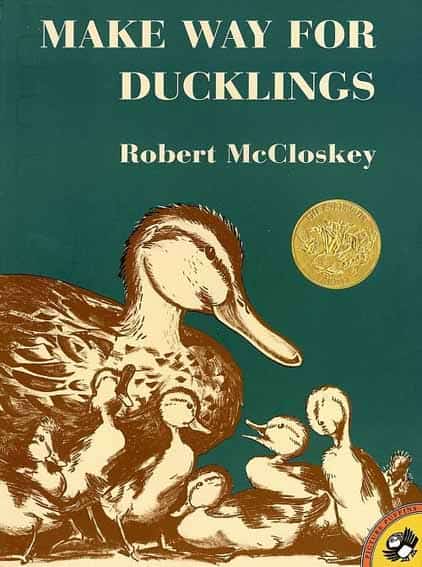
Make Way For Ducklings by Robert McCloskey (1941) is an American classic which serves as an excellent example of unreliable narration as it presents in picture books. NOTES ON THE ILLUSTRATION IN MAKE WAY FOR DUCKLINGS LIFELIKE DUCKS McCloskey’s devotion to mimesis reminds me of the lengths the Hayao Miyazaki studio goes to when animating
-
The Cosy House and Barn
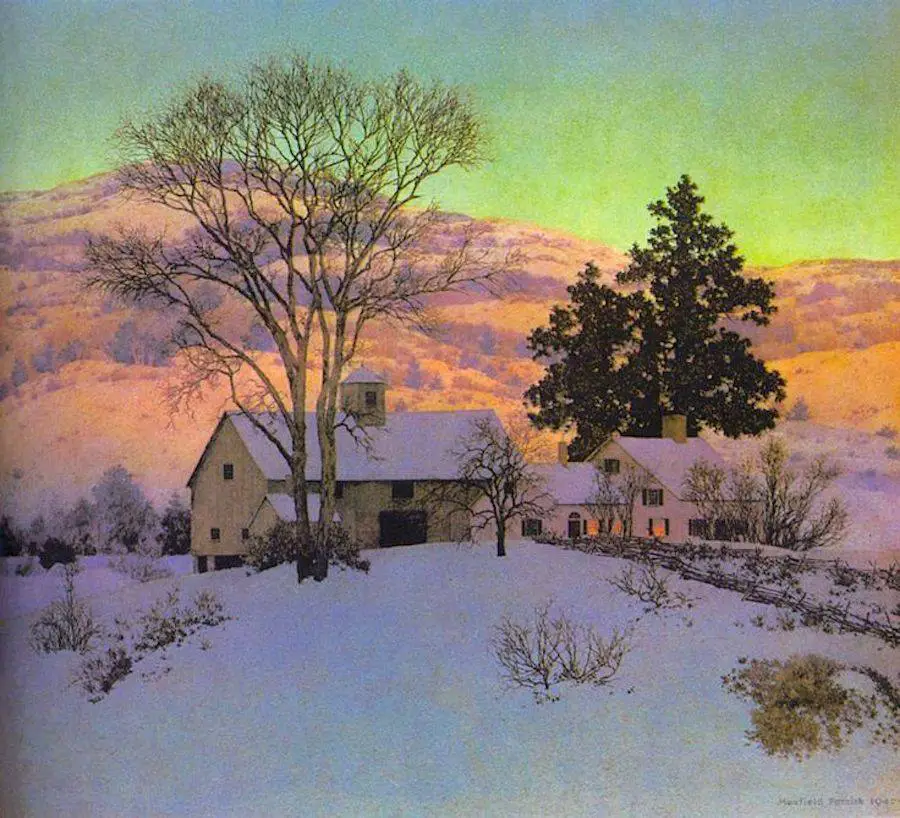
Home is important to all of us and perhaps even more important to young readers. This is why the mythic journey when it occurs in children’s literature is more commonly known as the home-away-home story — unless a child moves house at the beginning of the story they most often explore alone for a while
-
Mercy Watson Goes For A Ride by diCamillo and Van Dusen
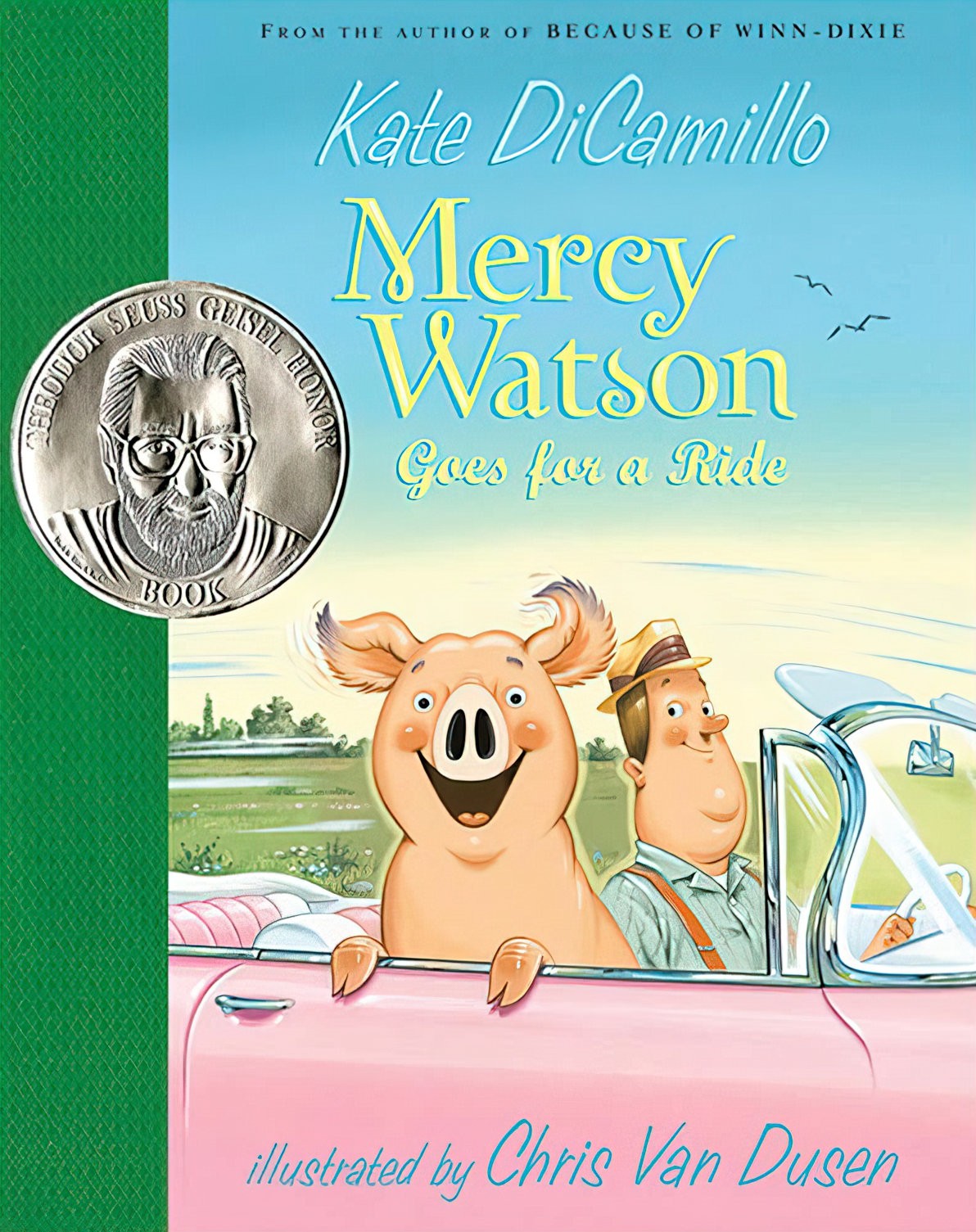
If you’re looking for a chapter book to bridge the gap between beautifully illustrated picturebooks and pictureless novels, the Mercy Watson series is a great option, because the illustrations are just as enticing as any found in a high-production picture book.
-
Some Things Are Scary by Florence Parry Heide and Robert Osborn Analysis
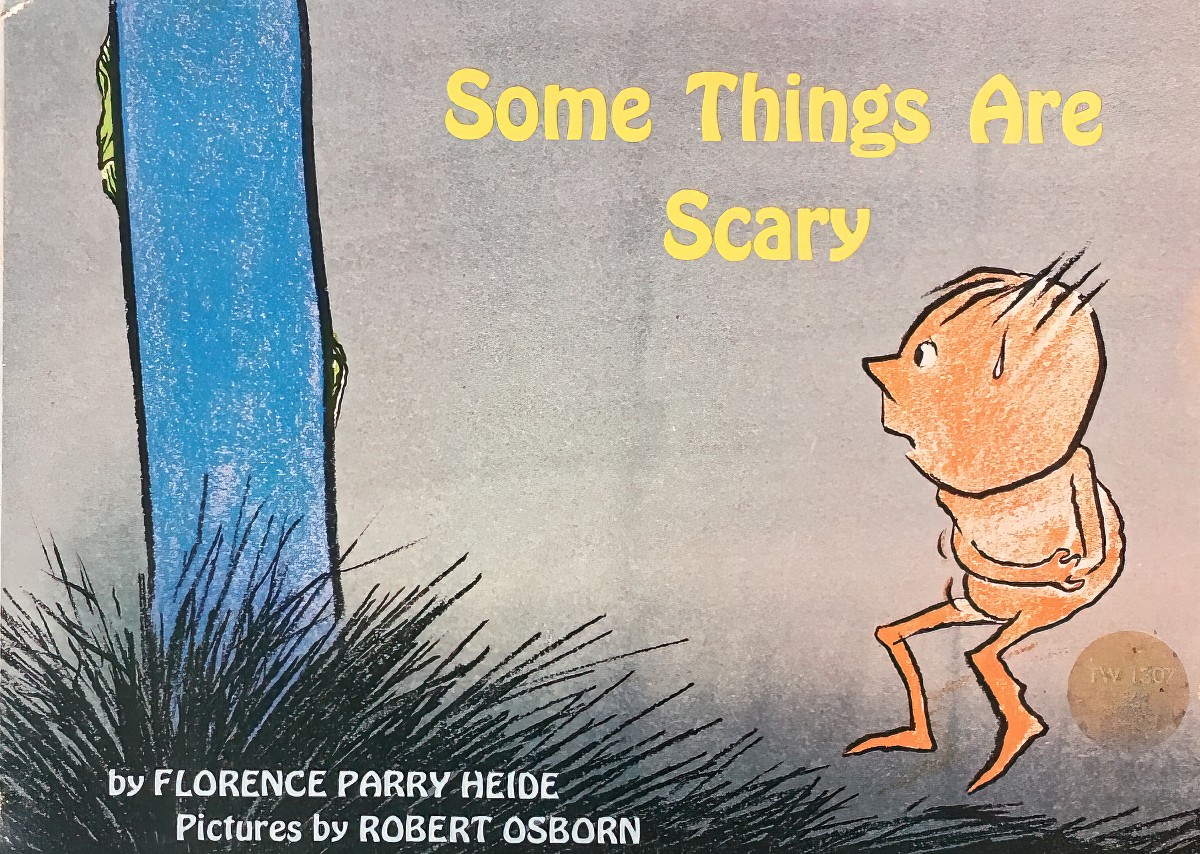
Some Things Are Scary is a favourite from my own childhood, and now that my daughter loves it just as much, I appreciate its timelessness. This book would make an excellent mentor text for a classroom of young writers. They might use the structure to create their own story about scary things. I only have the
-
Blackdog by Levi Pinfold Analysis
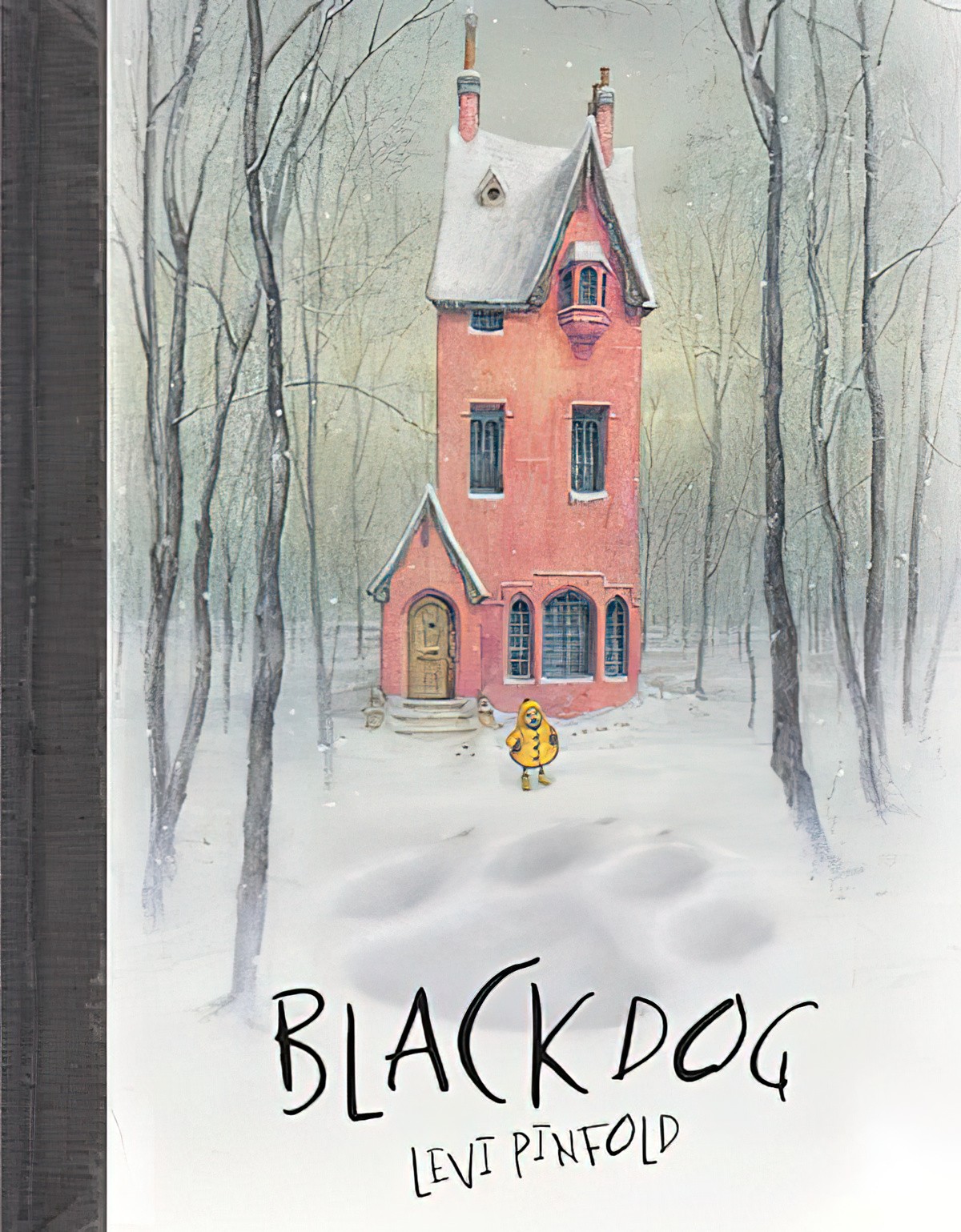
Anyone who has ever seen a huge unfriendly dog standing right outside their glass door will know how frightening it can be. Pinfold takes that fear and now we have Blackdog.
-
Why is the horror genre so popular?
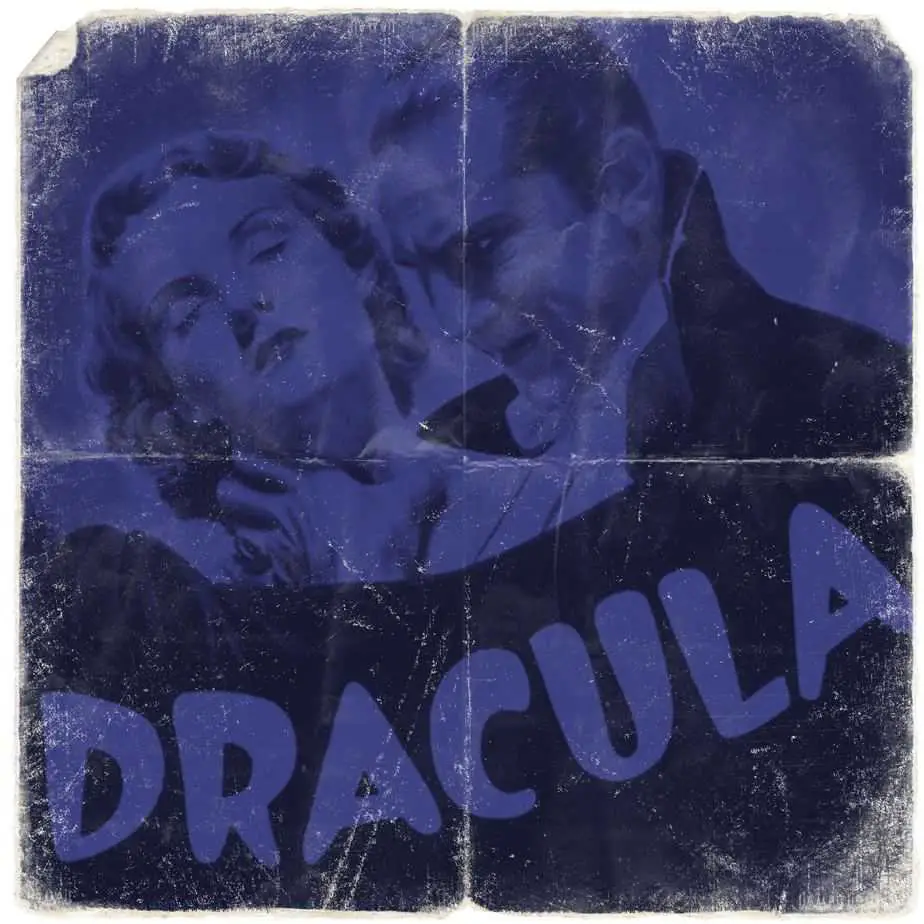
We like to be scared. Rather, fear sends a rush of adrenaline, and we like that. Scratch that. Maybe it’s the relief we feel once the rush of adrenaline is over. For the same reason, social media can be addictive. That rush when we hear a reply coming back from a tweet? That rush is
-
What Is A Flâneur? What Is A Dandy?
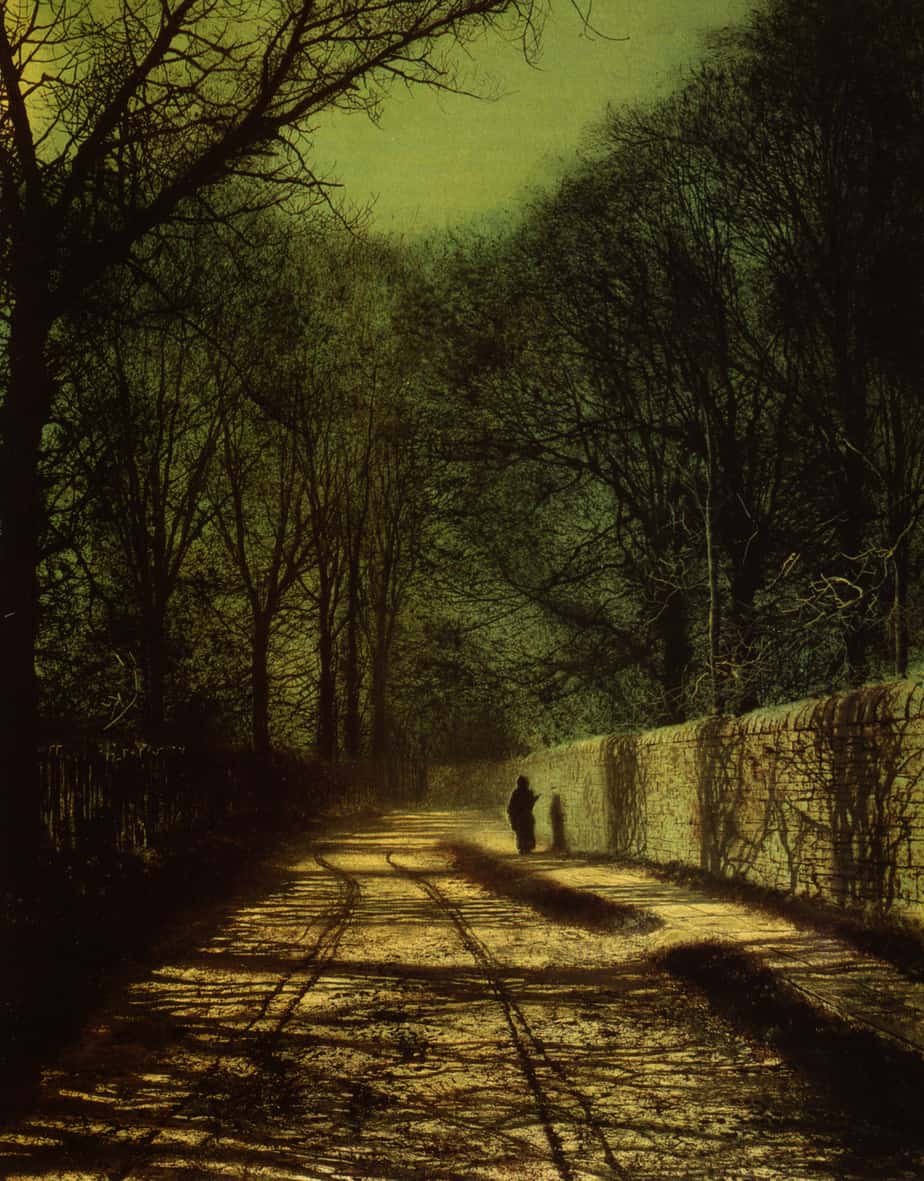
As described by James Wood in How Fiction Works, the flâneur is the loafer, usually a young man, who walks the streets with no great urgency, seeing, looking, reflecting. Flânerie describes aimless behaviour. In French it’s spelt like this: flâneur. Wood also uses the great phrases ‘porous scout‘ and ‘Noah’s dove‘ to describe this authorial stand-in.
-
A Rumour Of Otters
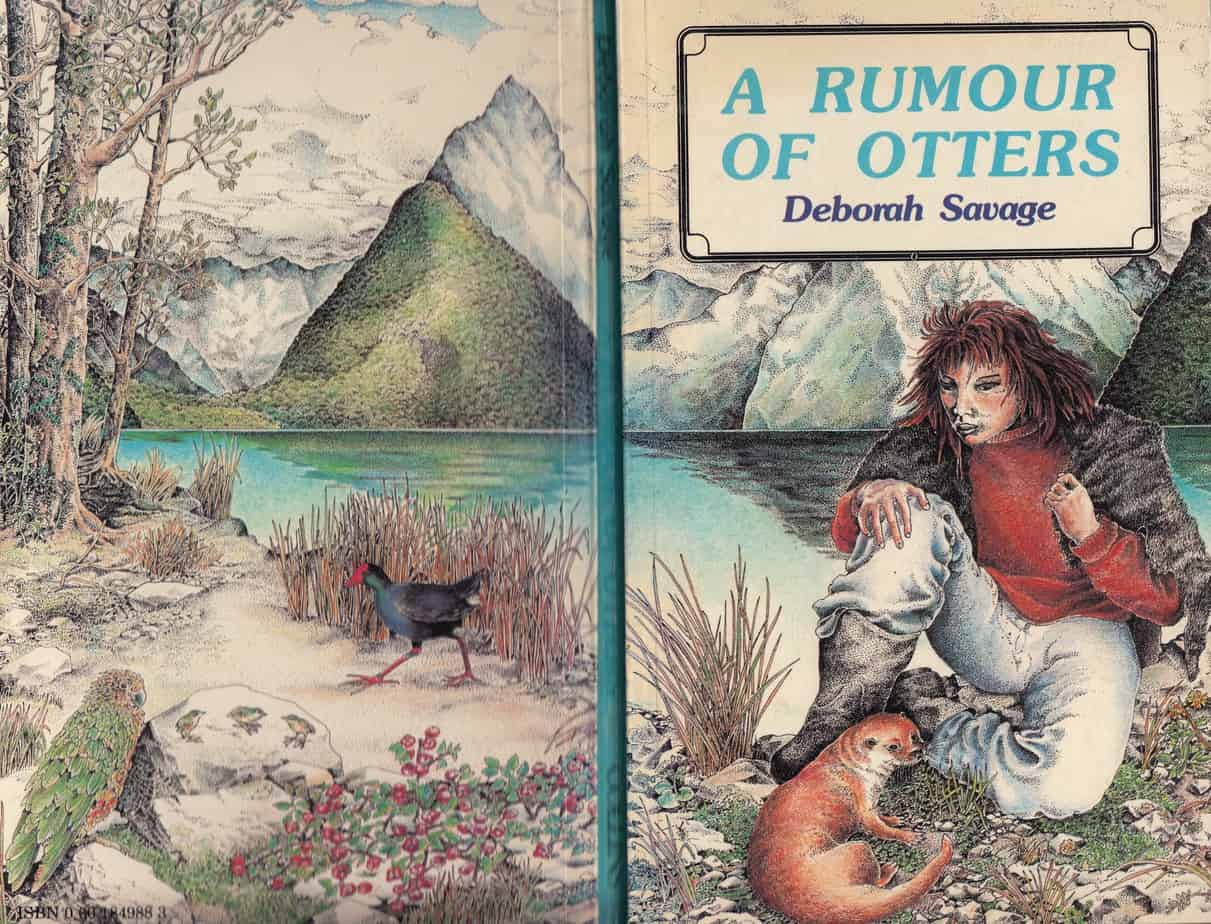
A Rumour of Otters by Deborah Savage is an out-of-print New Zealand book, published 1984, written by an author from Pennsylvania. I remember there was a class set of this book in my high school, studied by Year 9 students. I wonder if there’s still a box of them in the Burnside High School resource
-
The Tale Of Peter Rabbit by Beatrix Potter Analysis
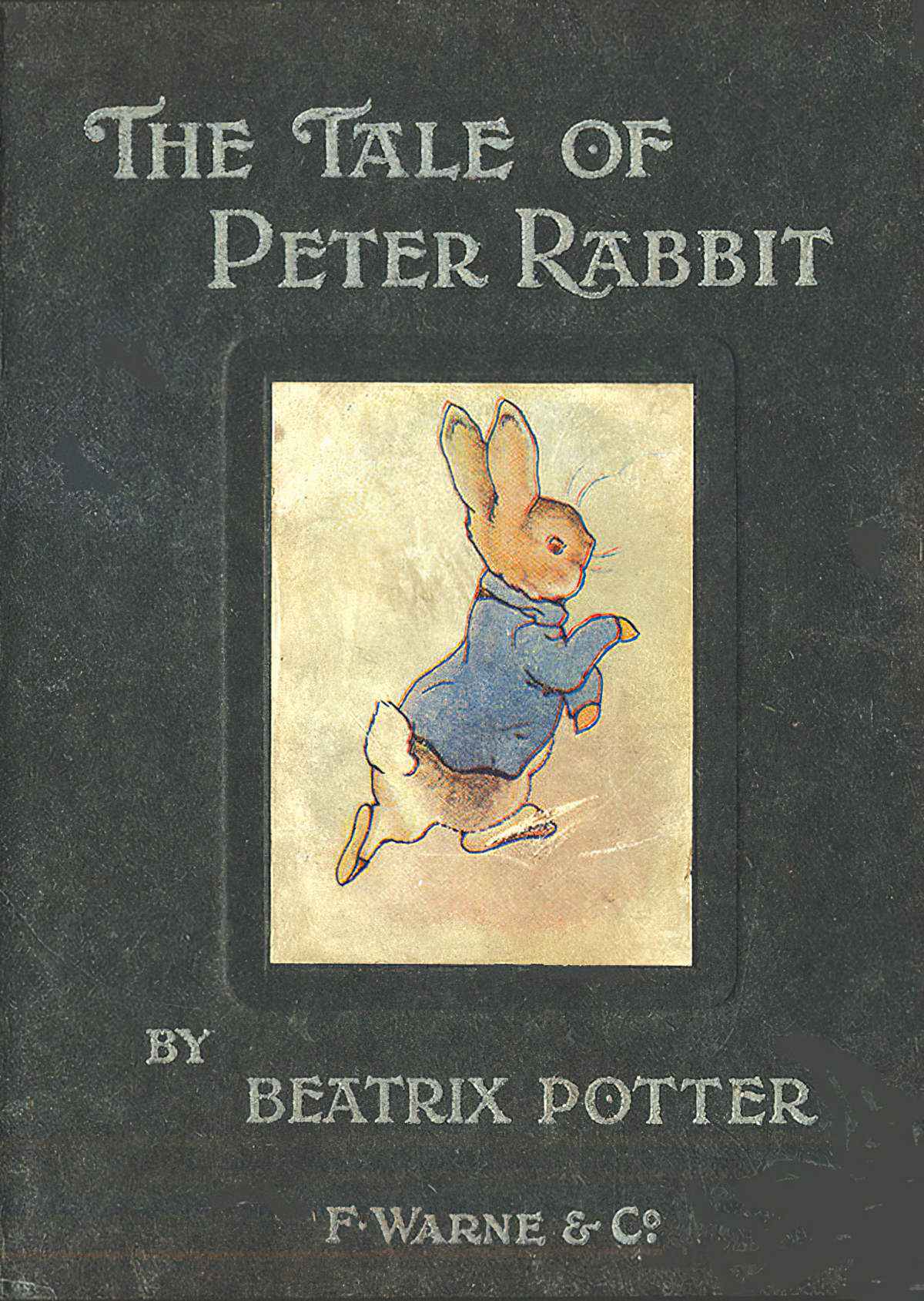
As Marjery Hourihan points out in Deconstructing the Hero, Peter Rabbit is basically an Odyssean story. A male hero goes out, has an adventure, faces death and then arrives home, changed. Beatrix Potter was following a long tradition of storytelling when she wrote this one.
-
Dragons In Children’s Literature
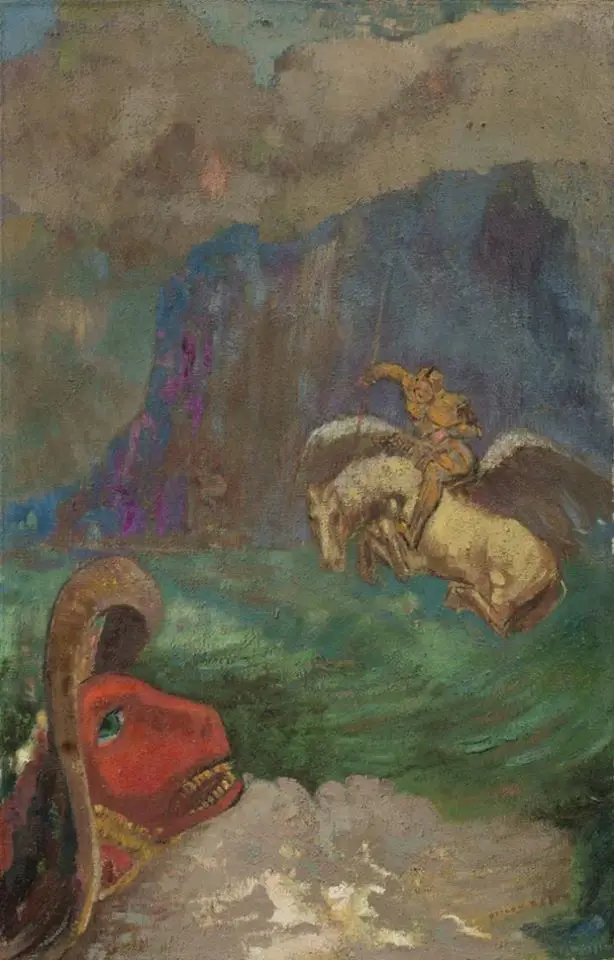
Dragons have always evoked a mixture of fear and attraction. They’re everywhere in The Bestiaries. Folkloric dragons always talk. They are semi-human and have wily intelligence. Sometimes they’re regal, sometimes cowardly.
-
Domestic Dramas In Children’s Literature
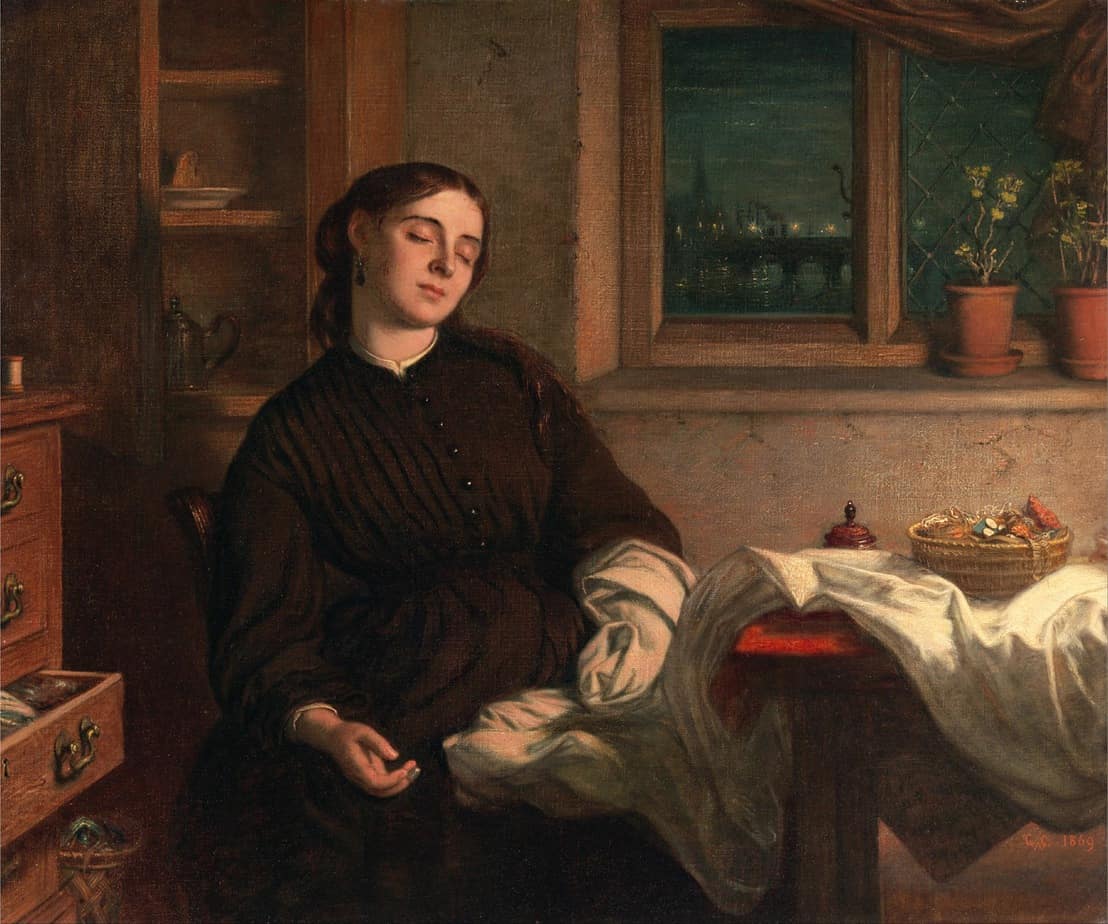
While adventure stories were originally written for boys, domestic dramas were written for girls. DOMESTIC DRAMAS AND PLOT SHAPES Adventure stories are linear. The hero starts the story by leaving. He often finds himself in a new home after completing his journey. This is a linear plot. In contrast, domestic dramas are circular. Domestic stories are home-away-home stories, with
-
A Brief History Of Horse Stories
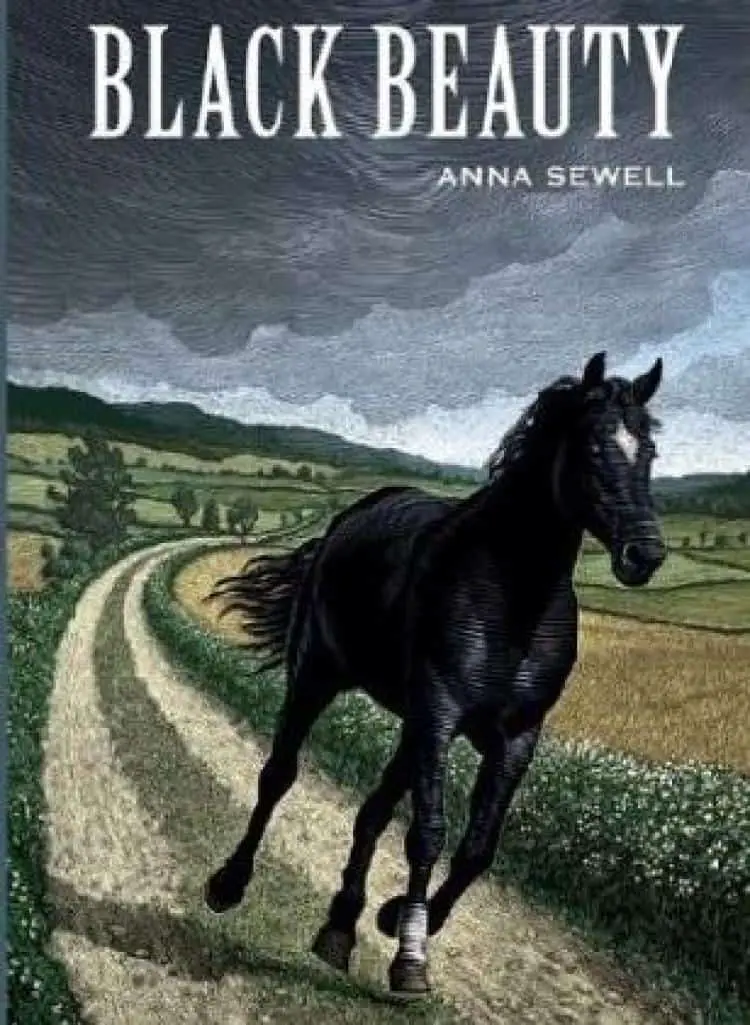
Horses and horse-like supernatural creatures go way back in folklore. They don’t get much of a mention in Grimm’s fairytales, but I’m guessing that’s only because horses were simply assumed. Mentioning horses would be like us pointing out all the cars. The water-horse or kelpie was a creature from English folklore. This horse was a
-
The Woodland Idyll In Art And Illustration
Pookie (1946) was my mother’s favourite series of picturebooks when she was very young, and she has a hardback copy held together with yellowed sticky tape. This one before me is a much later version, which has come out since in soft cover. I wonder if fairies will make a true comeback. The illustrations in
-
Kitchens As Metonyms For Familial Happiness In Literature
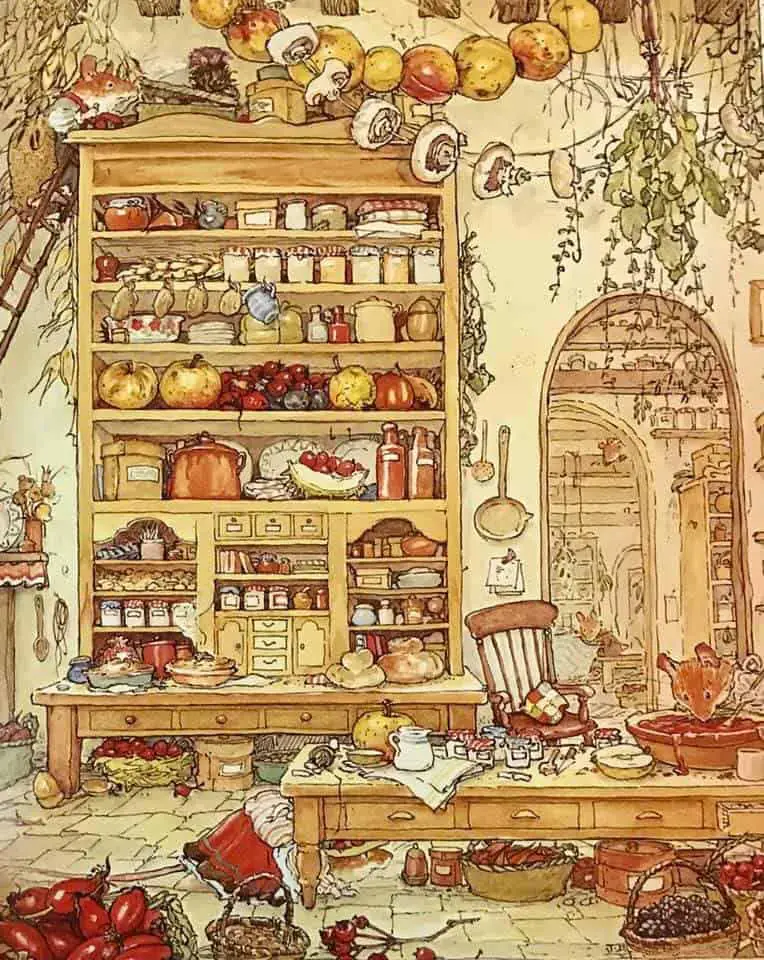
A warm, safe, lighted place.Hepzobah’s kitchen was always like that, and not only that evening. Coming I to it was like coming home on a bitter cold day to a bright, leaping fire. It was like the smell of bacon when you were hungry, loving arms when you were lonely; safety when you were scared….